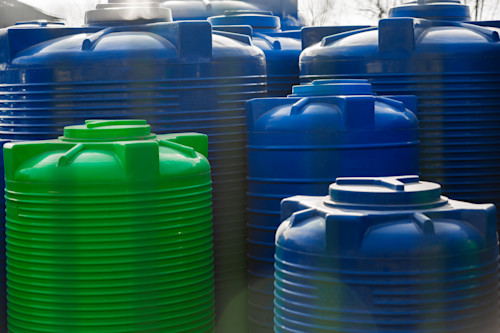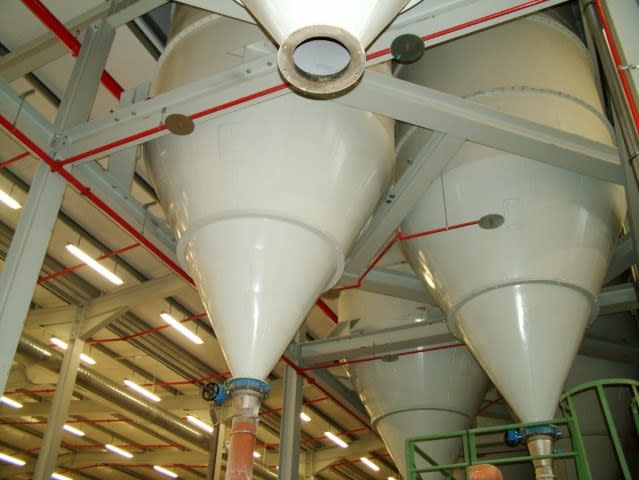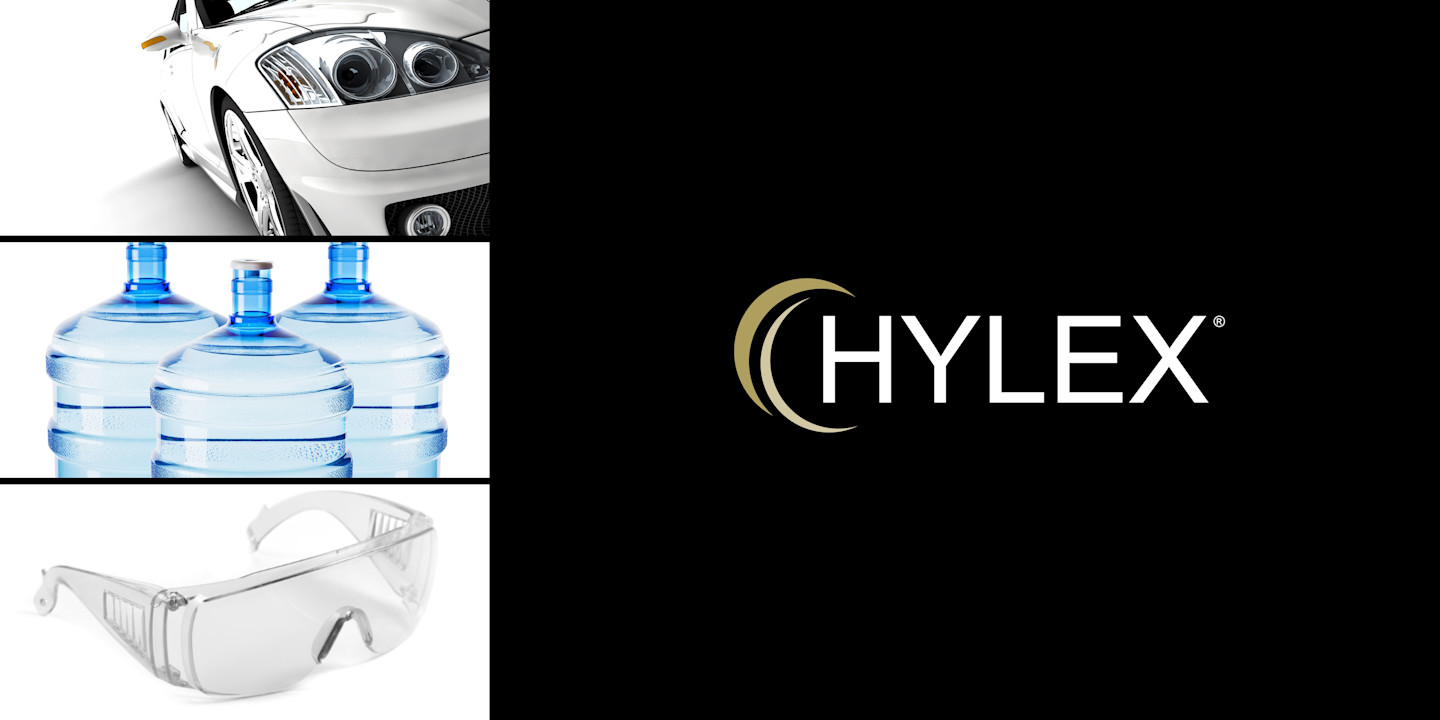
Entec Polymers is your expert thermoplastic resin partner. From technical support to material selection to logistics and beyond, we deliver results that unleash greater potential for your business.






Bringing momentum to every market.
Your operations depend on material reliability and performance. Entec provides experienced support to meet the unique needs of your industry.
Delivering real results for decades.
Since 1987, Entec has grown by helping our customers grow — with responsive support, leading expertise, and an extensive supply and distribution network. With a global footprint spanning the U.S., Canada, and Mexico, we can take on any challenge and unleash your potential for success.

Sustainability Starts Here
At Entec Polymers, we believe collaboration is key to building a sustainable future, starting with the choices we make today. As a distribution leader and proud member of the Ravago Group, we’re committed to offering recycled, bio-based and compostable polymer solutions that support a circular economy. Explore how our materials, services, and partnerships are helping customers reduce impact and drive meaningful change.

© 2025 Entec Polymers. All rights reserved.





























